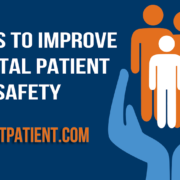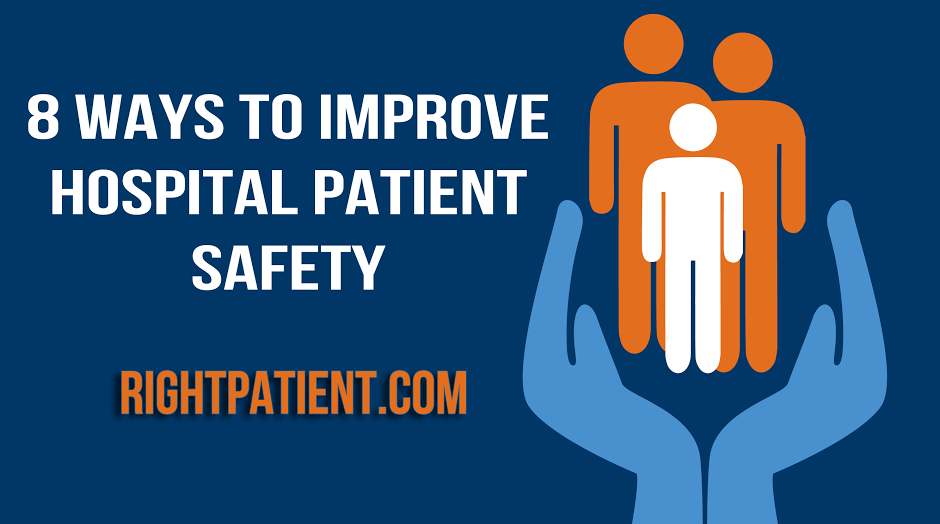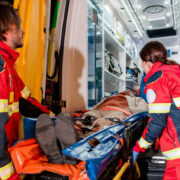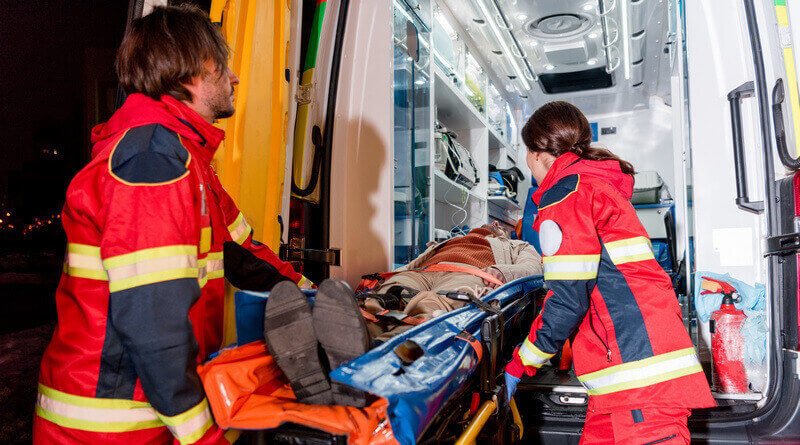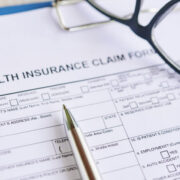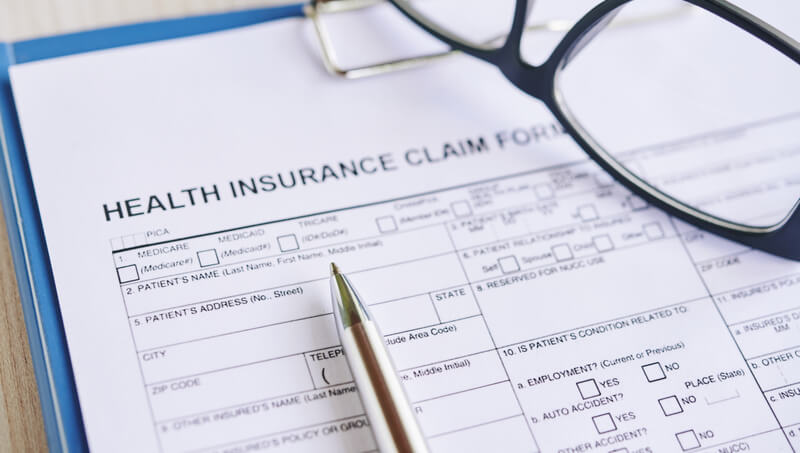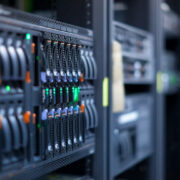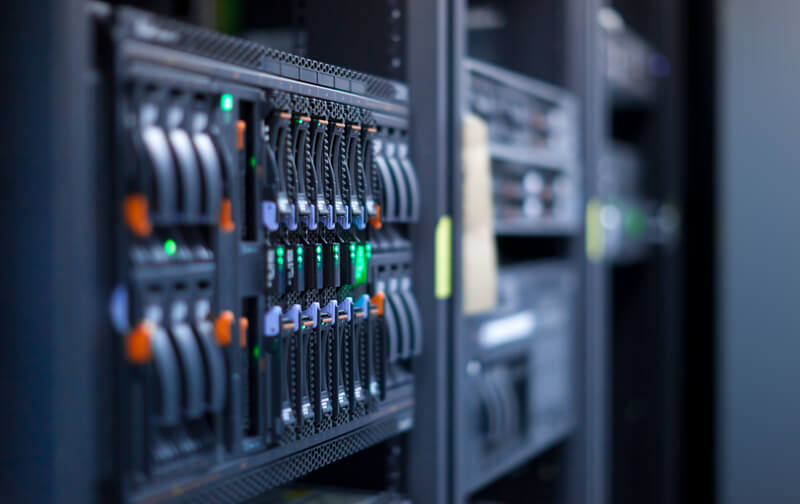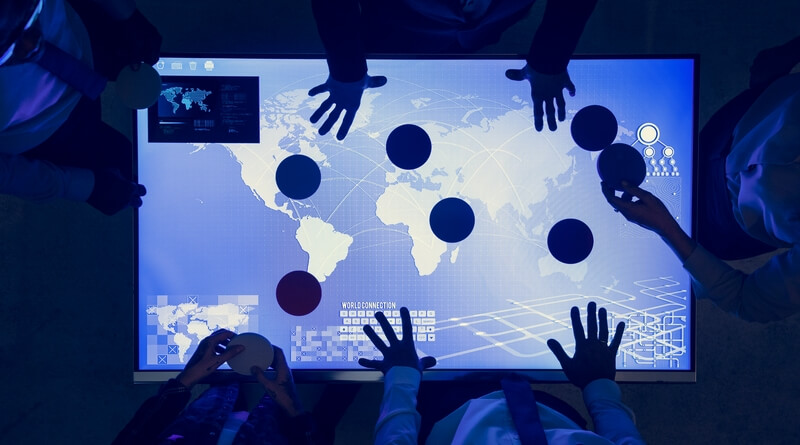Patient Safety in Healthcare

The following post on patient safety in healthcare was submitted by Dennis Kaminski.
Every healthcare organization carries along with it the important obligation to ensure patient safety and the safety of staff and visitors. Life itself presents possible danger at every turn, as most of us know well, and becoming involved in any sort of treatment program or enrollment in any healthcare institution, therefore, involves incurring certain inherent dangers as well.

Maintaining patient safety in healthcare is important.
It has been widely bruited in the past that healthcare environments can be even more dangerous than life in the streets. This is because hospitals are, by their very nature, filled with sick patients. These patients may have diseases or injuries that could present a danger to others, particularly susceptible due to the nature of their own physical condition. Hospital-borne infections can and do cause deaths every year.
It is, therefore, vital that every organization allows plenty of time, and invests a good deal of efforts. This will assure that its particular operation takes into consideration every possible provision as a way of assuring the safety of its patients.
A major concern for an institution too, is the looming danger of lawsuits, lawsuits that, if serious enough, can force even a well-insured company into bankruptcy and closure. Of even graver importance, however, is the dark possibility of a person becoming gravely ill or injured during the company’s watch, a tragic event that has, in the past, led to death.
Health care groups and policies across our nation, fall mostly under the influence of social as well as economic conditions and, of course, the health guidelines and policies already in place regarding patient safety. Every nation, every jurisdiction, has its own set of policies regarding healthcare safety. These have been, over time, developed to meet the needs and goals of a target population.
Healthcare Safety and patient safety are something of blanket terms for a number of different populations and situations. This term includes care by health professionals, of course. Health care professionals alone carries a good many sub-categories that might be included: chiropractic, medical physicians, physician associates (nurses, attendants, technicians, and even janitorial workers). Dentistry, midwifery, optometry primary, secondary and tertiary care, medicine, midwifery and any other aid or treatment offered to a person who is suffering from one malady or another. All of these fall under the heading of patient care and/or healthcare safety.
The vast majority of patients being treated in healthcare facilities, receive proper and safe treatment. Yet as technology and the understanding of the human physique and mental capacities grows, the greater becomes the necessity to attune these complexities to the assurance of the safety of those who seek help. People make mistakes, errors in judgment and, being human, everyone in the healthcare industry walks about beneath the burden of knowing that at any step along the way, a mistake may be made. This can of course, be minor, but it can just as easily be a significant and far-reaching mistake that could, ultimately, be life-threatening.
Organizations, such as the National Patient Safety Agency has been set in place for one reason alone: To educate healthcare professionals in every possible way to incorporate every possible safety measure into the workplace, be the facility a small dental office or a large and active primary care facility that goes twenty-four hours a day.
One of the first and most important steps recommended is that the director of every operation create and organize a culture of safety around the center of activity.
The first and vital step the director should consider is to take the initiative, take the lead. The director should assemble the staff, explain exactly what measures must be followed and perhaps hand out papers. Directing staff is a first and important step in creating in the minds of employees and associates the importance and gravity of healthcare measures, as well as management’s determination to enforce proper health care measures in every aspect of the operation.
That would include not only sanitary procedures, but even frequently overlooked dangers, such as cables or débris lying on floors, obstacles that might easily trip up a hurrying attendant or patient. Wet floors or any slippery substance on floors present an extremely dangerous threat to a person who can take an unexpected life-threatening fall.
By combining attentive and concerned management with other factors, staff remains constantly aware of the safety measures that are necessary to maintaining a good clean operation without unexpected and unwelcome incidents.
Where there may be any possible doubt as to the effectiveness of a given facility, it is possible to bring in professional teams that analyze the facility, gather staff together and discuss aspects that may need improvement, share safety lessons so that management as well staff can implement better solutions to prevent future possible accidents or even tragedies.
It is also important not only to involve staff in these measures, but patients and the general public as well, should be kept informed as much as possible, of the progress, possibilities and threats that may lurk in even the most innocent-appearing environment.
Dennis Kaminski is the owner of SafetyMart. SafetyMart helps customers ranging from private businesses to government/municipal agencies, both large and small to address their safety needs and requirements.


